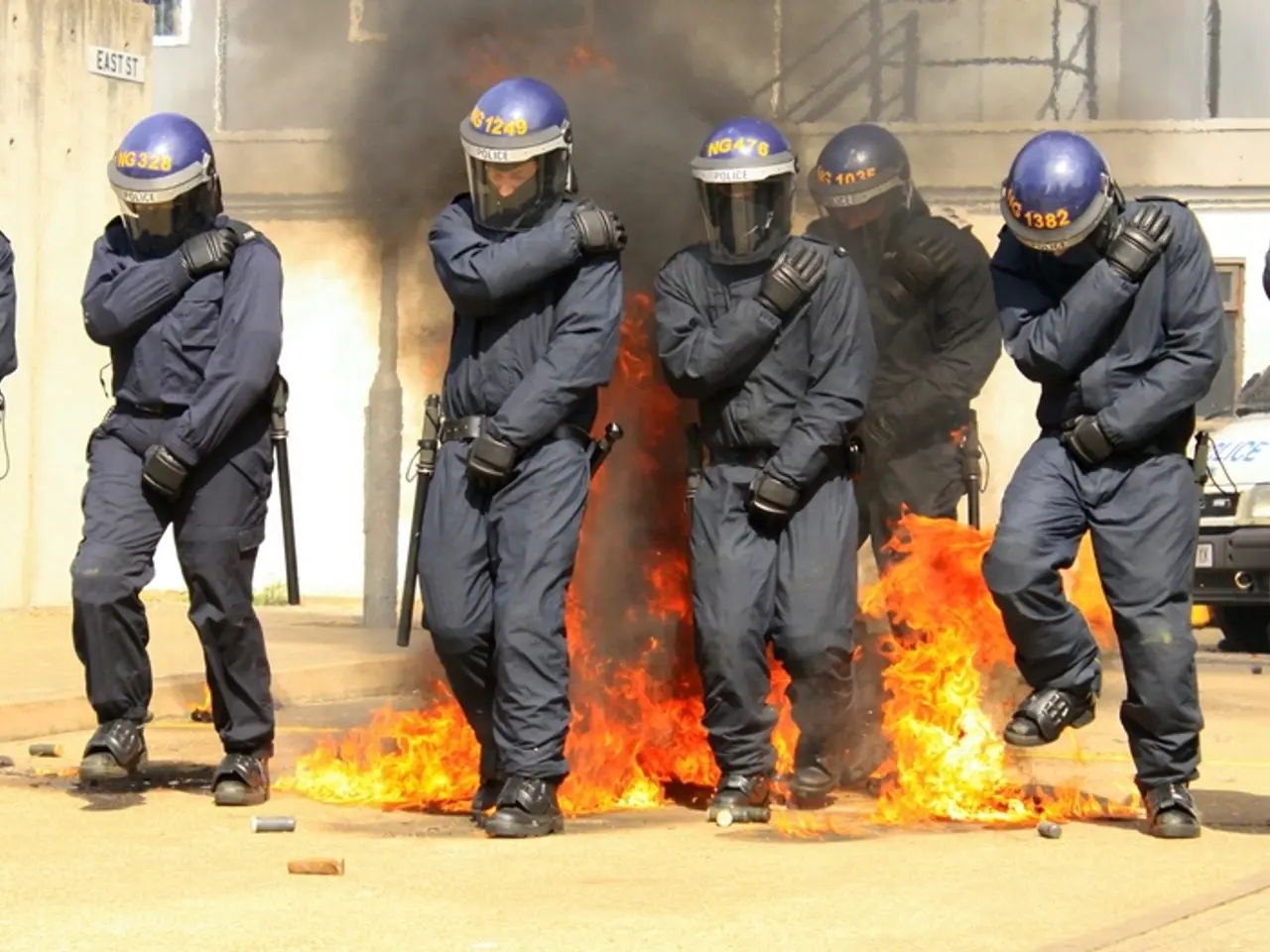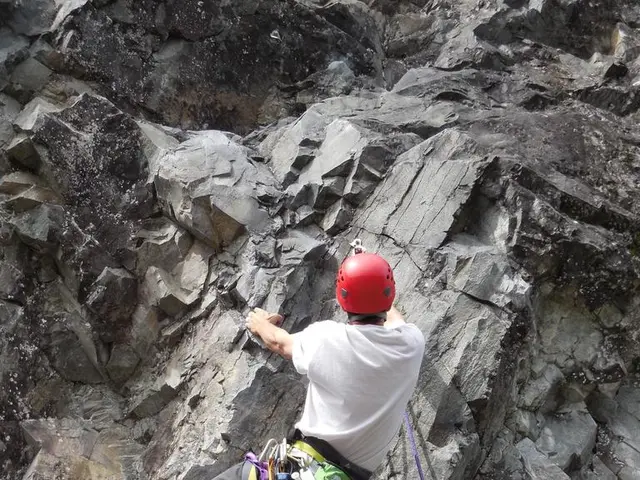A blaze in the Aude region: attendees heeding distressed individuals' accounts
In the aftermath of the devastating wildfires that swept through the picturesque region of Corbières, France, healthcare professionals are grappling with a unique challenge: the manifestation of psychological distress in the form of physical symptoms, a phenomenon known as somatization.
Understanding Somatization
Somatization refers to the expression of psychological distress through physical symptoms without an identifiable organic cause. Common symptoms include pain, fatigue, gastrointestinal problems, and other bodily complaints that cannot be fully explained by medical examination. For trauma victims, such as fire survivors, this is a common response to the traumatic event.
Context: Fire Victims in Corbières, France
The Corbières region, with its rolling hills and vineyards, has historically been vulnerable to wildfires. The recent disaster has left residents physically and mentally scarred, facing loss of property, displacement, injury, and ongoing fears. These traumas often contribute to somatic symptoms, influencing both their perception of health and treatment needs.
Impact on Healthcare
The increased utilization of healthcare facilities by victims with somatization presents challenges for diagnosis and treatment. Physicians must carefully distinguish between physical and psychological origins of symptoms to avoid misdiagnoses, which can lead to unnecessary tests or ineffective treatments. The high prevalence of somatization also places extra strain on healthcare resources in fire-affected regions.
Impact on Recovery
Somatization can prolong recovery since untreated or unrecognized psychological distress may exacerbate physical complaints. Integrated treatment addressing both mind and body is critical for effective rehabilitation. Chronic somatic symptoms may also affect the person’s ability to work or reintegrate into social settings after the disaster.
Approaches to Addressing Somatization in Fire Victims
Early mental health interventions, including counseling and trauma-focused therapies, can reduce somatic symptoms. Training healthcare providers to enhance their awareness about somatization improves patient care and prevents unnecessary medical interventions. Building resilience in affected communities can mitigate long-term psychological and somatic effects.
Case Studies and Future Research
Epidemiological studies assessing the prevalence of somatization among fire victims in Corbières, evaluations of healthcare utilization patterns post-fire, and effectiveness of integrated mental health and physical health intervention programs for fire survivors are potential areas for future research.
As the residents of Corbières continue to grapple with the aftermath of the fire, the topic of mental health and somatization remains a pressing concern. The resilience and recovery of this community will depend on the collective efforts of healthcare professionals, mental health specialists, and community support systems.
- The manifestation of psychological distress through physical symptoms without an identifiable organic cause is known as somatization.
- Common symptoms of somatization include pain, fatigue, gastrointestinal problems, and other bodily complaints.
- Trauma victims, such as fire survivors, often exhibit somatic symptoms in response to the traumatic event.
- The rolling hills and vineyards of Corbières, France, have historically been vulnerable to wildfires.
- The recent disaster in Corbières has left residents physically and mentally scarred.
- Loss of property, displacement, injury, and ongoing fears are among the traumas faced by residents of Corbières.
- These traumas often contribute to somatic symptoms, influencing both the perception of health and treatment needs of the residents.
- The increased utilization of healthcare facilities by victims with somatization presents challenges for physicians.
- Physicians must carefully distinguish between physical and psychological origins of symptoms to avoid misdiagnoses.
- Misdiagnoses can lead to unnecessary tests or ineffective treatments.
- The high prevalence of somatization also places extra strain on healthcare resources in fire-affected regions.
- Somatization can prolong recovery as untreated psychological distress may exacerbate physical complaints.
- Integrated treatment addressing both mind and body is critical for effective rehabilitation.
- Chronic somatic symptoms may affect a person's ability to work or reintegrate into social settings after the disaster.
- Early mental health interventions, such as counseling and trauma-focused therapies, can reduce somatic symptoms.
- Training healthcare providers to enhance their awareness about somatization improves patient care and prevents unnecessary medical interventions.
- Building resilience in affected communities can mitigate long-term psychological and somatic effects.
- Epidemiological studies assessing the prevalence of somatization among fire victims in Corbières are potential areas for future research.
- Evaluations of healthcare utilization patterns post-fire are also potential research areas.
- The effectiveness of integrated mental health and physical health intervention programs for fire survivors is another area for future research.
- The resilience and recovery of the Corbières community will depend on the collective efforts of healthcare professionals, mental health specialists, and community support systems.
- Mental health specialists play a crucial role in addressing somatization among fire victims.
- Healthcare providers have a responsibility to enhance their awareness about somatization to improve patient care.
- Communities affected by disasters like wildfires need support systems beyond healthcare facilities.
- Researchers should investigate the prevalence of other medical conditions, such as respiratory and digestive health, in fire victims.
- The impact of somatization on eye-health, hearing, and skin-conditions in fire survivors is an unexplored area of research.
- The topic of mental health and somatization is not limited to disaster-stricken communities but extends to various industries and sectors, including manufacturing, finance, technology, and others.
- Addressing somatization requires a holistic approach that considers its impact on the individual's health and wellness, as well as the broader implications for the industry, society, and personal life.





